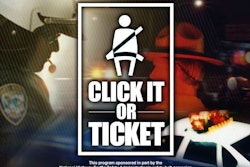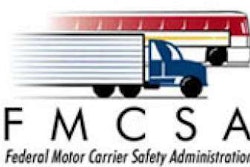
U.S. Transportation Secretary Ray LaHood commended Kansas Gov. Mark Parkinson for signing an anti-texting-while-driving bill into law for all drivers in his state. As the 26th state to pass a texting ban, Kansas has taken the country past the halfway mark toward a nationwide prohibition of texting while driving.
“Distracted driving is a dangerous practice that kills thousands and injures hundreds of thousands each year,” LaHood says. “By signing this texting ban, Governor Parkinson has helped save lives and will make Kansas roads safer for everyone.”
Kansas’s new law will outlaw texting by all drivers. Drivers caught texting will receive warnings until Jan. 1, 2011, after which law enforcement will issue $60 fines for violations. Because it is a primary law, police officers can stop motorists suspected of this offense alone.
The National Highway Traffic Safety Administration has developed sample legislation that states can use as a starting point to craft measures to ban texting. The sample bill is modeled after President Obama’s Oct.1, 2009, Executive Order prohibiting federal employees from texting while operating government-owned vehicles and equipment. Last year, more than 200 distracted driving bills were under consideration by state legislatures, and the number has grown this year.
Research compiled by NHTSA attributed an estimated 6,000 deaths and 500,000 injuries to distracted driving in 2008 alone. In addition to the Obama administration’s ban on texting for federal employees, the U.S. Department of Transportation has banned texting for all commercial and truck drivers, with similar rules in the works for rail operators.
Last month, LaHood launched pilot programs in Syracuse, N.Y., and Hartford, Conn., as part of a “Phone in One Hand. Ticket in the Other,” campaign designed to reduce distracted driving behavior through a combination of increased enforcement and public awareness.
For more information on distracted driving and DOT’s work, visit www.distraction.gov.










